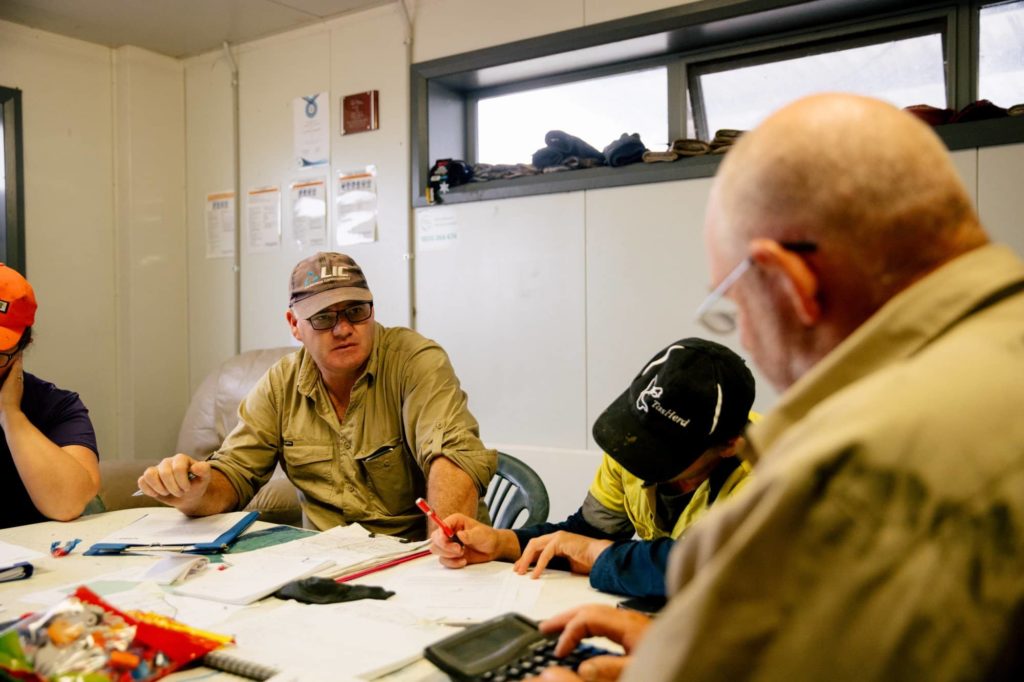Selecting cycling cows for mating and identifying non-cycling cows for intervention is crucial to maximising pregnancy rates during mating.
Farmers know heat detection can be a challenging process, and getting all the steps in that process right is important to hit your mating targets. However, get it right, and you’re more likely to hit the 75% 6-week in-calf rate target, you’ll be confident in the effectiveness of your heat detection process and you’ll have good mating records that you can use to constantly improve.
Here are a few simple steps to help ensure your heat detection process is up to the challenge:
Choose the right tools for your system
The first step for implementing an efficient heat detection process is to choose your tools. The best heat detection results are achieved by combining paddock observations with heat detection aids.
Ideally you want at least two, to better your chances of an accurate reading. We suggest starting with effective, inexpensive paint and patches.
Tail paint is a simple, low-tech way to identify your cows on heat. Weather-resistant fluorescent colours make them easy to identify and monitor. Ensure you touch up the tail paint every two or three days and even change the colour once a cow is mated, to help monitor your herd’s progress.
Using a secondary heat detection aid like a patch that sits in front of the tail paint can improve accuracy and indicate the length of time a cow has been on heat.
Ensure up-to-date team training
Make sure your team is adequately prepared. Good skills that are well executed reduce the risk of missed or invented heats which can compromise fertility outcomes. These skills include:
- Seeing the signs – Only a few signs of a cow being on heat can be read by detection aids. The rest need to be behavioural observations within the paddock. Do your staff know what to look for?
- Using heat detection aids – You’ve chosen the best heat detection aids to suit your system, but ensure your team is aware of how to adequately apply and maintain the aids to improve heat detection accuracy by running a hands-on training session before mating starts.
- Reading the aids – It’s important your team knows how to read heat detection devices accurately and can distinguish between true and false readings. Include this in your training session as well.
- Recording data – Recording collected heat information is vital for tracking progress and improving future fertility rates. Ensure your staff know exactly what data they need to record, where and how often.
Observe your cows
Cows show signs of heat every 18-24 days with an average around 21 days. After applying your chosen heat detection aids, the next step is to watch your cows. Sounds easy. But do you know the behavioural changes you should be looking for and when?
You can break down your observations into three phases – pre-heat, in-heat and post-heat:
Pre-heat: Coming into heat lasts between 6-10 hours. Trying to mate during this time will prove unsuccessful, however it gives a good indication to prepare for mating. Look for behavioural signs like attempts to ride and smelling other cows, restlessness and not standing to be mounted.
In-heat: Standing heat is when the cow is in heat and this is your window for mating. This only lasts between 6-24 hours so act quickly. Look for the definitive signs of heat like standing to be ridden or if tail paint is removed and heat mount detector has activated. Secondary signs can provide more clues, including nervous/excitable behaviour, holding milk, joining the sexually active group, vulval changes and a clear mucus discharge.
Post-heat: After heat is too late for mating but can sometimes be confused with coming into heat due to the cow’s behaviour. Not standing to be ridden and smelling other cows are both signs the cow has come out of heat.
For more tips and advice to help maximise your heat detection process, read chapter 13 of the InCalf book.



